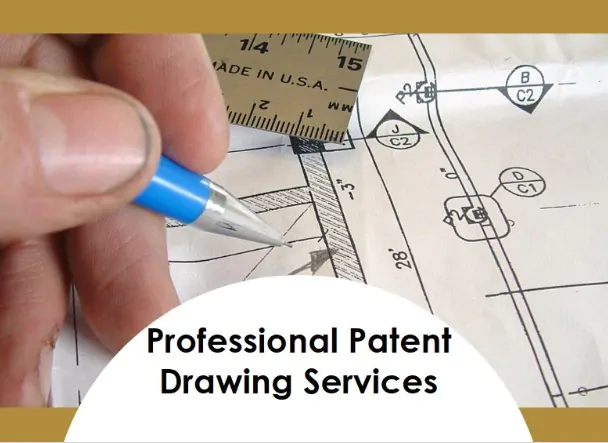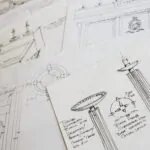In the world of intellectual property, the significance of clear and accurate patent drawings cannot be overstated. Patent drawings play a crucial role in conveying the innovative concepts outlined in a patent application. Whether you are an inventor, a patent professional, or a service provider offering patent drawing services, mastering the art of creating impeccable patent drawings is essential. Here are ten crucial tips to perfect your patent drawing services.
- Understand Patent Office Requirements:
Before diving into the drawing process, familiarize yourself with the specific requirements of the patent office where the application will be filed. Different offices may have variations in rules and guidelines regarding the format, size, and style of patent drawings.
- Follow the Standards for Drawing Sheets:
Adhere to the standard drawing sheet sizes and margins specified by the patent office. Consistency in layout and presentation contributes to the professionalism of your drawings.
- Use Legible Line Types and Thickness:
Ensure that all lines in your drawings are clear, dark, and easily distinguishable. Consistent line types and thickness contribute to the overall clarity of the drawings and assist in conveying the inventive concepts accurately.
- Maintain Consistent Numbering and Labeling:
Consistency in numbering and labeling elements within the drawings is crucial for clarity and ease of reference. Properly labeled parts, features, and reference numerals enhance the overall understanding of the invention.
- Opt for Neat and Detailed Illustrations:
Precision and attention to detail are paramount. Ensure that your drawings are neat, well-organized, and accurately depict the invention. A high level of detail reduces the likelihood of misunderstandings during the patent examination process.
- Ensure Proper Scaling and Proportions:
Maintain accurate scaling and proportions in your drawings to represent the invention as accurately as possible. Distorted or improperly scaled drawings may lead to misinterpretations and hinder the patent application process.
- Use Shading Wisely:
If shading is employed, do so judiciously and consistently. Shading can enhance the three-dimensional understanding of the invention but should not obscure or confuse the essential details.
- Provide Multiple Views When Necessary:
For complex inventions, include multiple views (e.g., top, side, cross-sectional) to offer a comprehensive understanding. Each view should complement the others to present a holistic perspective of the invention.
- Stay Updated with Technology:
Embrace modern tools and software for creating patent drawings. Digital tools can enhance efficiency, accuracy, and the overall quality of your drawings. Stay informed about the latest advancements in drawing software.
- Seek Professional Expertise When Needed:
If the invention is intricate or if you lack the expertise in creating certain types of drawings (e.g., 3D renderings), consider seeking the assistance of professional illustrators or draftsmen. Their expertise can elevate the quality of your patent drawings.
Perfecting your patent drawing services is an ongoing process that requires a combination of technical proficiency, attention to detail, and adherence to specific guidelines. By staying informed about patent office requirements, embracing modern tools, and ensuring clarity and consistency in your drawings, you can contribute significantly to the success of patent applications. Remember, patent drawings are not just illustrations; they are a crucial component in the intricate tapestry of intellectual property, conveying innovation with precision and clarity.








